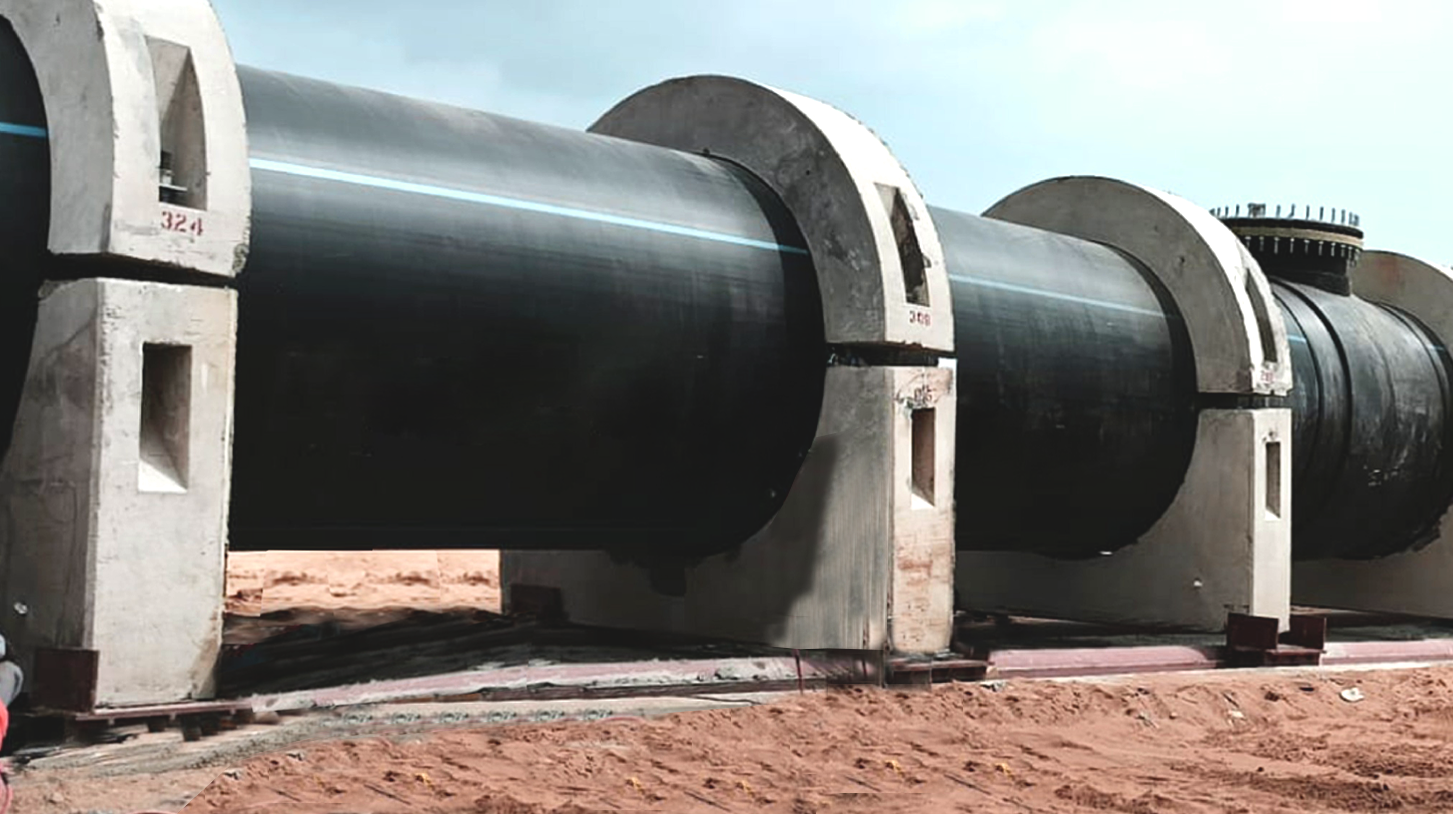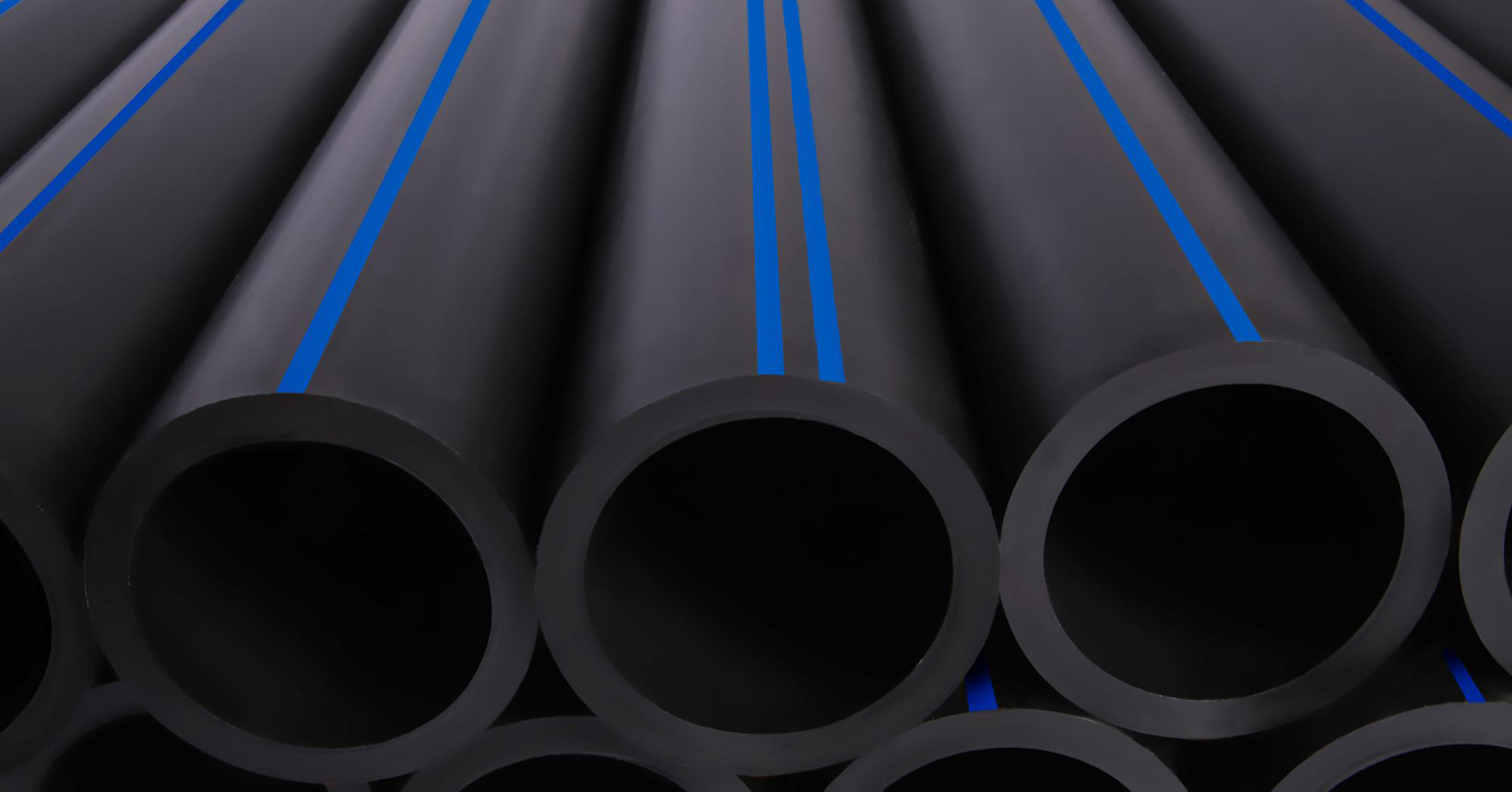American Plastics LLC Midland: Best Practices for Residential and Commercial Plumbing
Wiki Article
Discover the most effective Choices for Your Next Job With High Quality Pipe Products
Selecting the appropriate pipeline materials is necessary for any task. It involves comprehending different materials and their certain applications. Quality plays a vital duty in performance and long life. Variables such as availability, compatibility, and expense likewise require factor to consider. Making notified choices can substantially impact the end result of a task. What are the very best choices to check out, and just how can one guarantee they are making the right decisions?Recognizing Various Kinds Of Piping
When beginning on a pipe or construction project, recognizing the various types of pipes readily available is crucial. Various materials serve distinctive objectives, making it vital to pick the best kind for particular applications. PVC pipelines, recognized for their light-weight and corrosion-resistant properties, are typically used for drain and watering. Alternatively, copper pipelines provide longevity and outstanding thermal conductivity, commonly chosen for water lines. For gas circulation, black iron pipelines are a basic option as a result of their toughness and resistance to high stress. In Addition, PEX (cross-linked polyethylene) pipelines have obtained appeal for their flexibility and ease of setup, particularly in property plumbing. Each pipeline type has special features that affect its performance and suitability for various settings. Experience with these options aids assure that tasks fulfill safety criteria and practical needs, inevitably adding to the success of any pipes or construction venture.Secret Variables to Consider When Picking Pipeline Supplies
Choosing the appropriate pipeline products needs careful factor to consider of numerous vital variables that can significantly affect the job's result. Initially, the specific application of the pipelines need to be analyzed; various tasks might require varying degrees of resistance, versatility, and toughness to temperature or stress. Next off, compatibility with existing systems should be examined to promote smooth assimilation and prevent future problems.Price is another significant aspect; budget plan constraints might dictate the selection of vendors and materials. Furthermore, the availability of products can influence the timeline of the job, making it important to select conveniently offered options.
High quality needs to not be neglected, as inferior products can cause complications and boosted upkeep prices. Ultimately, local building codes and regulations need to be thought about to verify conformity and safety standards. By considering these aspects, individuals can make informed choices that improve the success of their tasks.

Contrasting Materials: PVC, Copper, and PEX
Choosing the ideal materials for pipeline materials is essential for making sure a task's success, and three prominent choices commonly considered are PVC, copper, and PEX. PVC (polyvinyl chloride) is lightweight, immune to rust, and cost-effective, making it appropriate for numerous applications, particularly in water drainage and watering systems (American Plastics LLC Texas). It can be much less long lasting under extreme temperature levels.Copper pipelines are renowned for their longevity and dependability, supplying outstanding thermal conductivity and resistance to germs. Although extra expensive than PVC, their longevity commonly warrants the financial investment for plumbing applications.

Applications for Various Pipe Kind
Comprehending the unique applications of various pipe kinds is important for enhancing job outcomes. PVC pipelines are extensively utilized in drain, waste, and vent systems as a result of their sturdiness and resistance to rust. Their light-weight nature makes them very easy to install and handle. Copper pipes, recognized for their integrity and durability, are commonly made use of in pipes and furnace. Their capability to withstand heats makes them suitable for warm water lines. PEX pipelines, with their versatility and resistance to cold, are excellent for domestic pipes applications, permitting easier installation in tight spaces. Additionally, stainless steel pipelines are commonly utilized in industrial setups where high pressure and temperature level resistance are needed. Each pipe type serves specific functions, and recognizing these applications assists in making educated decisions for various projects, making sure efficiency and performance.The Significance of Top Quality in Pipe Materials
Quality in pipe products straight affects the success of numerous jobs, influencing both performance and durability. Premium pipes withstand deterioration, withstand stress, and maintain architectural integrity gradually, making them important for ensuring security and performance in plumbing, building and construction, and industrial applications. Substandard materials can cause leakages, failings, and expensive fixings, ultimately endangering project timelines and budget plans.In addition, quality pipes boost the overall performance of systems, whether they are delivering water, gas, or other materials. They add to suitable circulation prices and lower the risk of contamination, which is particularly vital in drinkable water supply. Spending in top quality pipeline provides not just fulfills governing criteria however additionally sustains sustainability by lessening waste via sturdy efficiency. Consequently, choosing trustworthy distributors who focus on quality can greatly affect the resilience and reliability of read this any project, developing a solid foundation for future procedures.
Tips for Maintaining Your Pipelines
Normal maintenance is crucial for maintaining the honesty and performance of pipes in any type of system. To guarantee peak performance, one effective technique is to perform regular examinations, examining for indications of wear, deterioration, or leakages. Maintaining pipelines clean and complimentary from particles can avoid obstructions, which typically lead to press build-up and possible ruptures. It is additionally suggested to keep an eye on water quality, as contaminants can damage pipe materials with time.Furthermore, maintaining appropriate temperature levels is crucial; extreme changes can create materials to expand or contract, bring about cracks. For systems with outdoor piping, shielding pipes against winter can protect against cold and succeeding bursts. Recording maintenance tasks and repairs helps track the problem of the pipes and help in future preparation. By adhering to these tips, people can substantially prolong the life expectancy of their piping systems, assuring trusted operation for several years to find.

Where to Find Reputable Pipeline Suppliers
Keeping pipes effectively often starts with sourcing materials from credible providers. Reliable pipe suppliers can be located through different networks, including on the internet directories, trade convention, and market associations. Online systems like Alibaba, ThomasNet, and regional service directories provide comprehensive listings of providers with client evaluations and scores, helping customers assess top quality and reliability.Additionally, checking out trade convention allows for straight interaction with providers, allowing job stakeholders to review products firsthand. Networking within industry associations can also lead to beneficial referrals, as professionals often share their experiences with different providers.
Neighborhood hardware shops and pipes supply shops are excellent sources, specifically for those looking for prompt assistance. It's necessary to ask about accreditations and service warranties, ensuring that providers stick to market standards. By checking out these avenues, individuals can determine trustworthy pipe vendors that meet their job's details requirements.
Frequently Asked Concerns
What Are the Usual Dimensions Available for Different Pipeline Kinds?
Common pipe sizes differ by type; as an example, PVC pipes commonly come in 1/2", 3/4", and 1" sizes, while steel pipes may vary from 1/8" to 36". Selection relies on specific application demands.How Do I Know if My Pipelines Are Effectively Set Up?
To establish if pipes are properly mounted, one should inspect for safe and secure fittings, correct alignment, and absence of leaks - American Plastics LLC Texas. In addition, seeking advice from installment guidelines and seeking specialist assessment can assure adherence to safety and capability requirementsCan I Mix Different Pipeline Materials in One System?
Mixing various pipeline products in one system is usually not recommended as a result of prospective compatibility problems, such as varying thermal expansion prices and chain reactions. Proper installations and adapters might minimize some dangers, but caution is suggested.What Security Precautions Should I Take When Dealing With Pipelines?
When collaborating with pipes, one ought to use safety and security goggles, handwear covers, and ideal apparel. Verify appropriate air flow, usage tools appropriately, manage materials very carefully, and follow manufacturer instructions to avoid crashes and injuries during installment or repair work.Exist Eco-Friendly Pipe Options Available on the Market?
Yes, green pipeline choices are available, consisting of those made from recycled materials, eco-friendly plastics, and sustainably sourced wood. These options decrease ecological influence while offering sensible remedies for various construction and pipes jobs.The details application of the pipelines must be evaluated; various jobs may call for differing levels of flexibility, resistance, and toughness to temperature level or stress. Picking the appropriate materials for pipe materials is essential for making sure a project's success, and 3 popular options commonly click for source considered are PVC, copper, Extra resources and PEX. Comprehending the special applications of different pipeline kinds is essential for optimizing project end results. High quality in pipe supplies straight impacts the success of various jobs, affecting both efficiency and longevity. Usual pipeline sizes differ by kind; for instance, PVC pipes normally come in 1/2", 3/4", and 1" sizes, while steel pipelines may vary from 1/8" to 36".
Report this wiki page